Latest

Metasurfaces could shrink spectrometers, transforming how we observe the Universe
Metasurfaces to detect terahertz radiation are making spectrometers smaller, lighter, and more efficient for space travel.
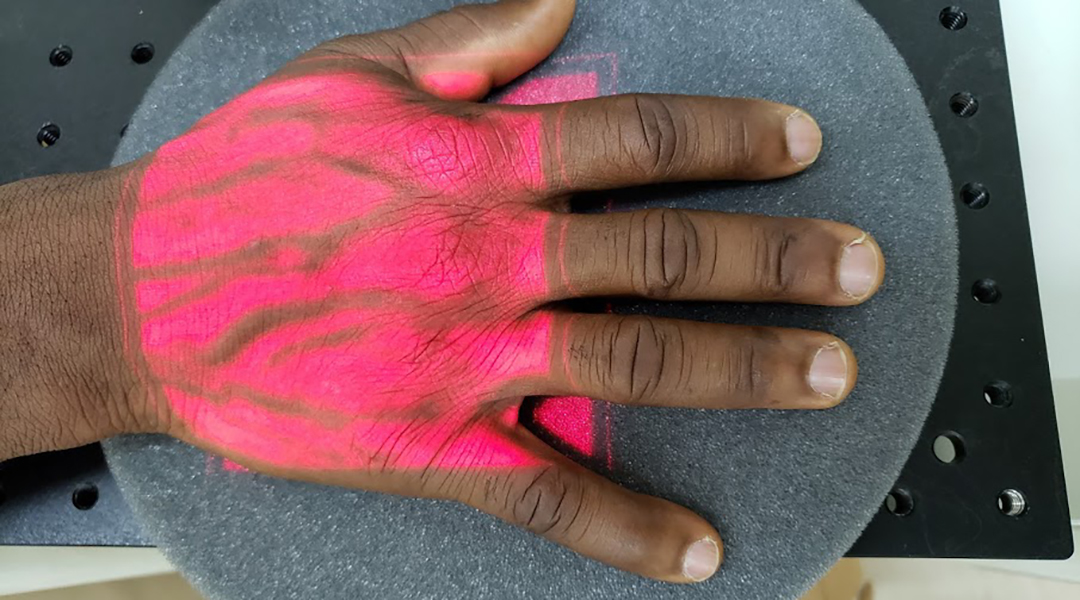
New malaria test “listens” to cells to make diagnosis
A non-invasive test uses a combination of lasers and ultrasound to detect red blood cells infected with malaria parasites with acoustics.

Black hole images deliver a deathblow to alternative theory of gravity
Images of the supermassive black holes wouldn’t have been possible if mimetic gravity was the right recipe for gravity.

Constantly touching our faces linked to memory and facial hair density
People all over the world touch their faces up to 800 times per day—researchers wanted to know why.
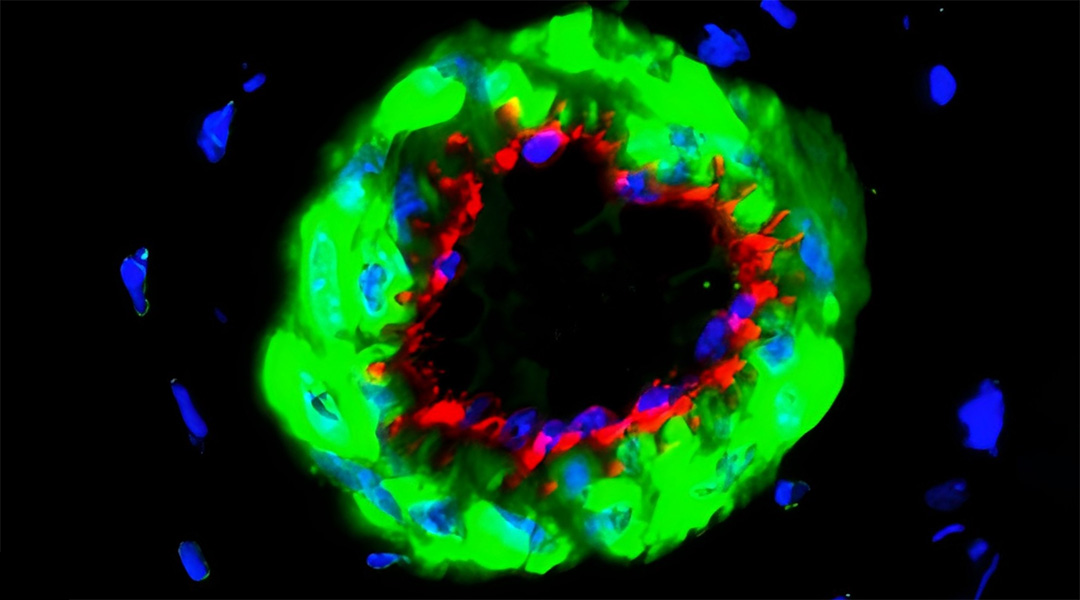
Tiny vesicles could help prevent amputations in diabetic patients
This safer, non-surgical treatment for diabetic limb ischemia could help patients with severe blood flow complications.

Using machine learning, robotic feeding system empowers users with mobility issues
This robotic feeding system trained with machine learning will transform lives, giving independence to those with severe mobility issues.

Black hole morsels could make Hawking radiation detectable with current telescopes
During the tumultuous mergers of black holes, smaller black holes called morsels could produce detectable Hawking radiation.
ASN Weekly
Sign up for our weekly newsletter and receive the latest science news directly to your inbox.
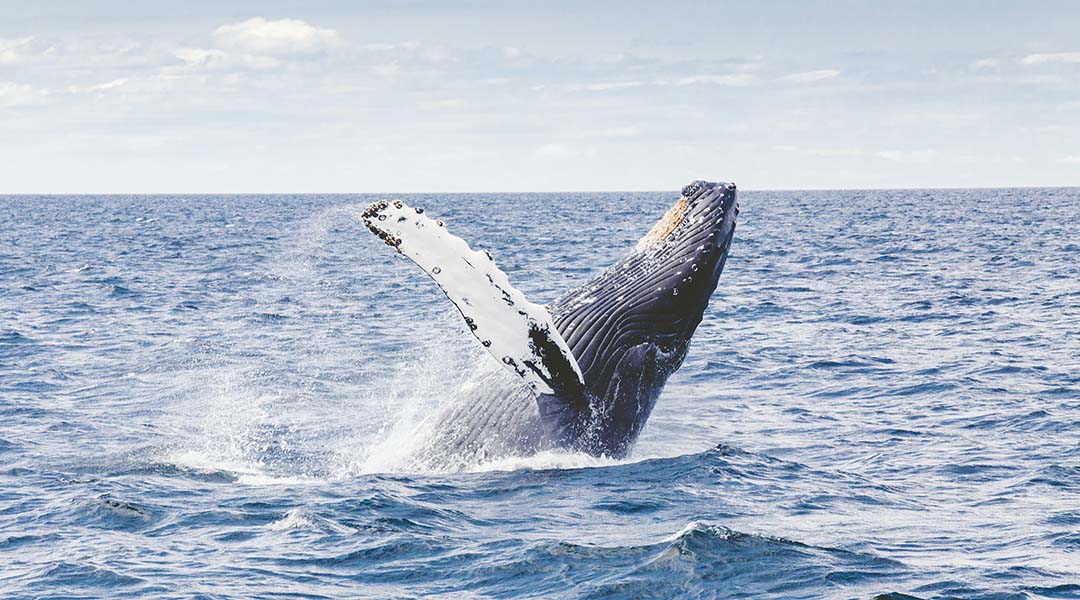
Whales are giving up singing to attract mates
As humpback whale populations increase, two decades worth of data finds they are shifting from singing to fighting as their preferred mating strategy.
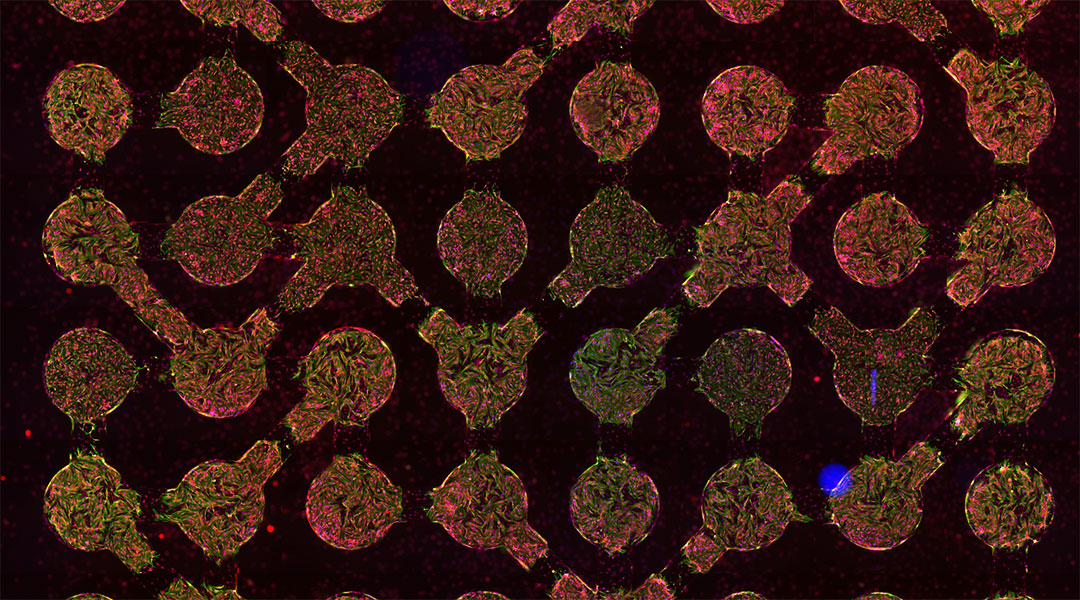
A computing system made from heart cells
A biocomputer built from connected heart cells solves computational problems with high accuracy and at a low computational cost.
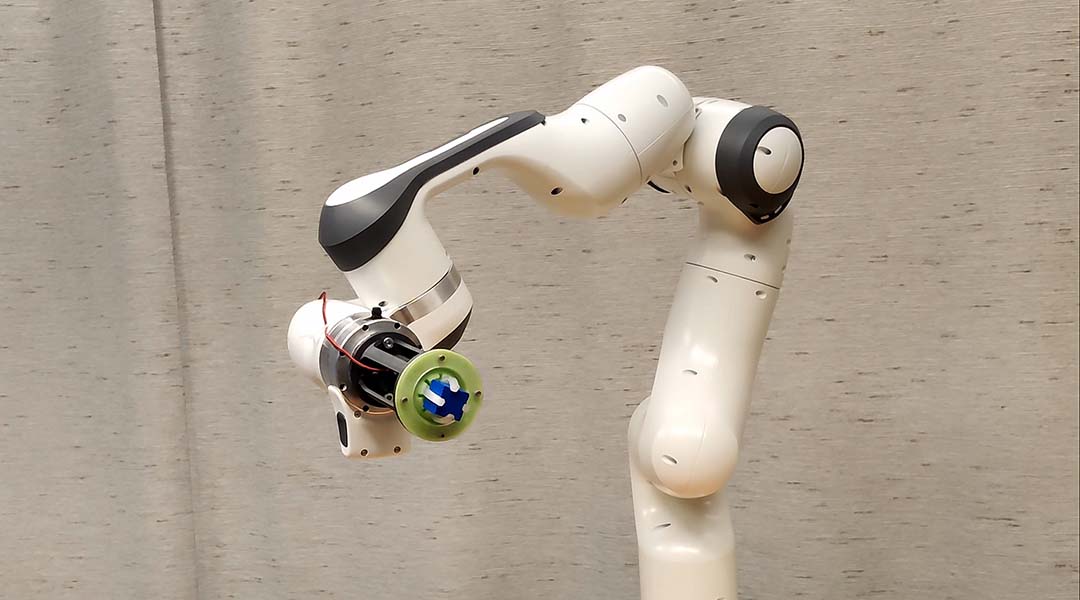
Snapping metacaps propel soft robot design
An innovative design allows for sensitive soft robots that can navigate difficult tasks and environments without bulky sensors.
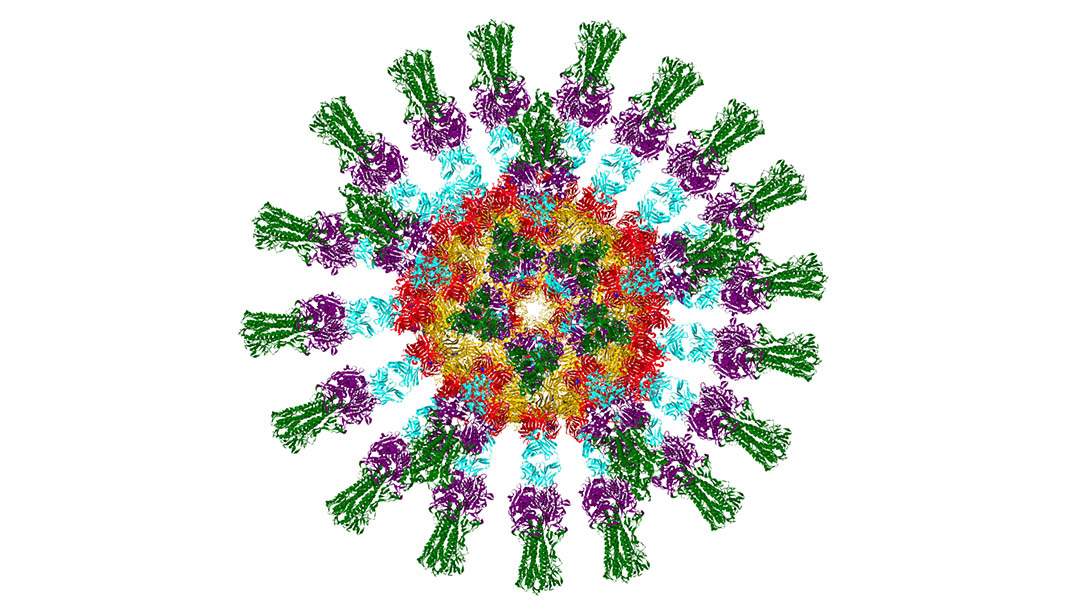
Influenza vaccine turns the virus on its head
To create a flu vaccine that doesn’t require annual tweaking, researchers develop a nanovaccine that uses an inverted hemagglutinin protein.
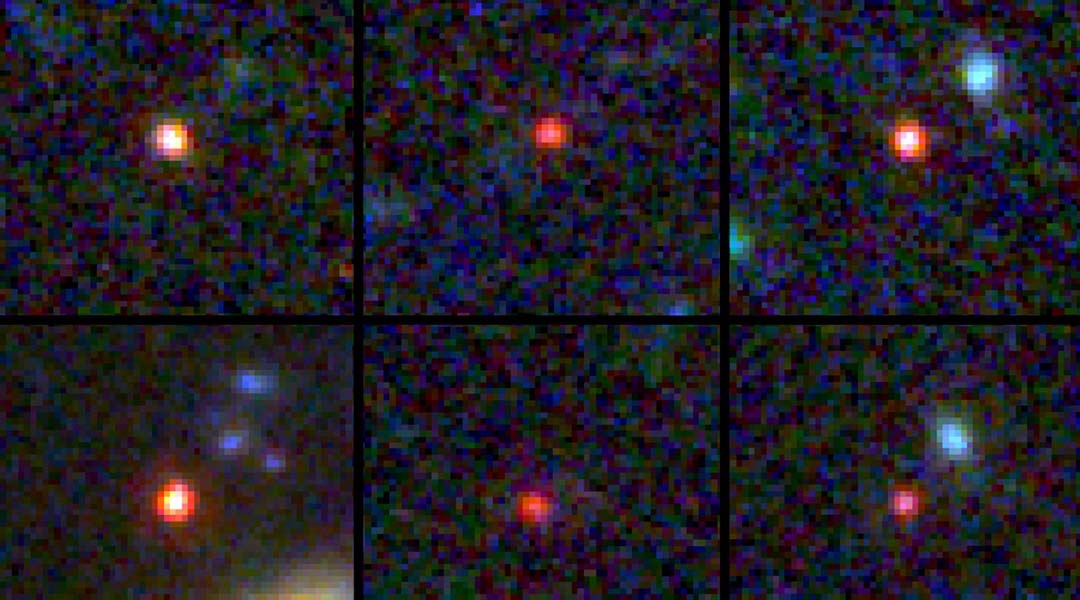
Explaining the “universe breaker” galaxies discovered by the James Webb Telescope
Astronomers report recent observation of six massive galaxies that according to our current understanding of the Universe should not exist at all.

Are golf courses an alligator’s paradise?
To understand the impacts of golf courses on wildlife, researchers are exploring how these novel habitats are affecting fundamental animal behaviors.

Could Doctor Dolittle be an AI bot?
Communicating with animals has long been the dream of scientists and animal lovers alike, and AI has the potential to bring us closer.
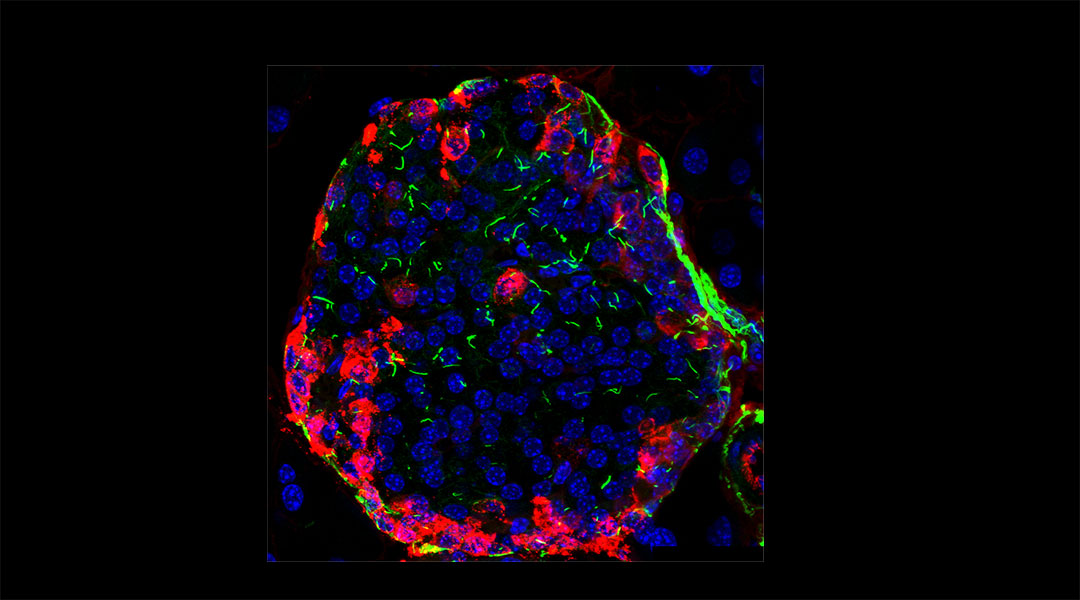
How our cellular “antennas” affect aging
Scientists have linked cilia found on cell surfaces with mechanisms for aging, and they’re hoping to help people live longer healthier lives.
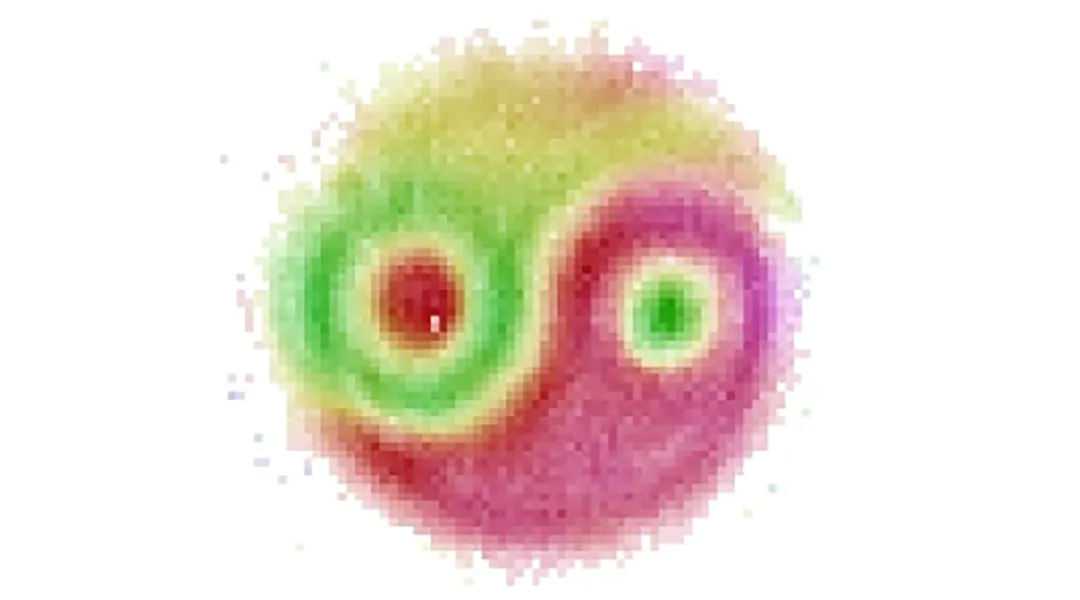
Quantum entanglement visualized for the first time ever
The mysterious phenomenon that Einstein once described as “spooky action at a distance” was seen as a wavefunction between two entangled photons.
No Results Found
The page you requested could not be found. Try refining your search, or use the navigation above to locate the post.
No Results Found
The page you requested could not be found. Try refining your search, or use the navigation above to locate the post.
No Results Found
The page you requested could not be found. Try refining your search, or use the navigation above to locate the post.
No Results Found
The page you requested could not be found. Try refining your search, or use the navigation above to locate the post.
No Results Found
The page you requested could not be found. Try refining your search, or use the navigation above to locate the post.
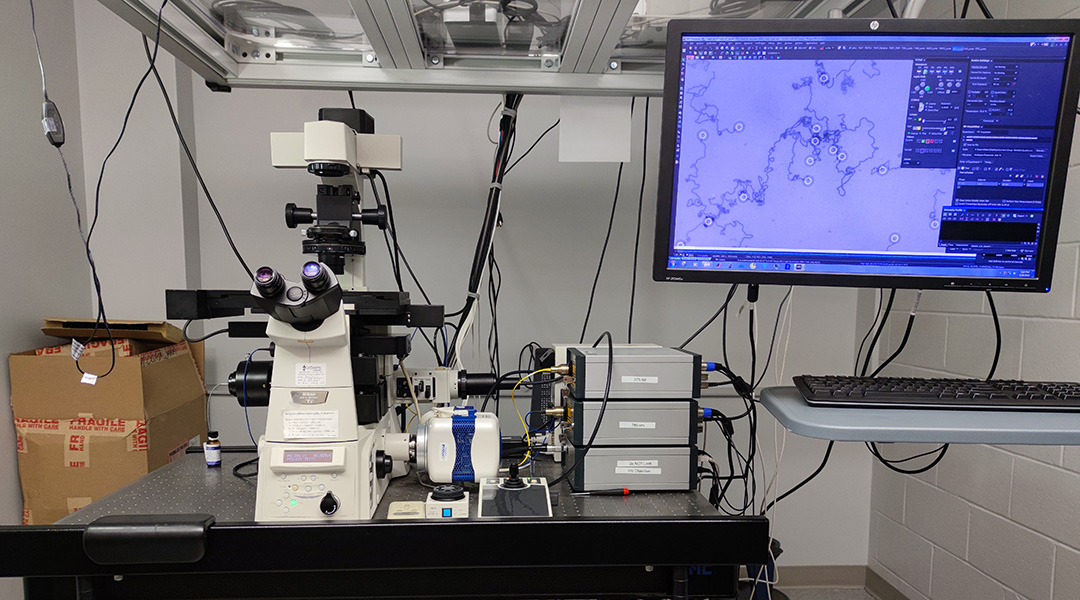
Scientists harness DNA nanomotors to build better viral tests
Scientists achieve threefold speed boost for DNA nanomotors and applied them to breakthrough virus detection for SARS-CoV-2 and RSV tests.
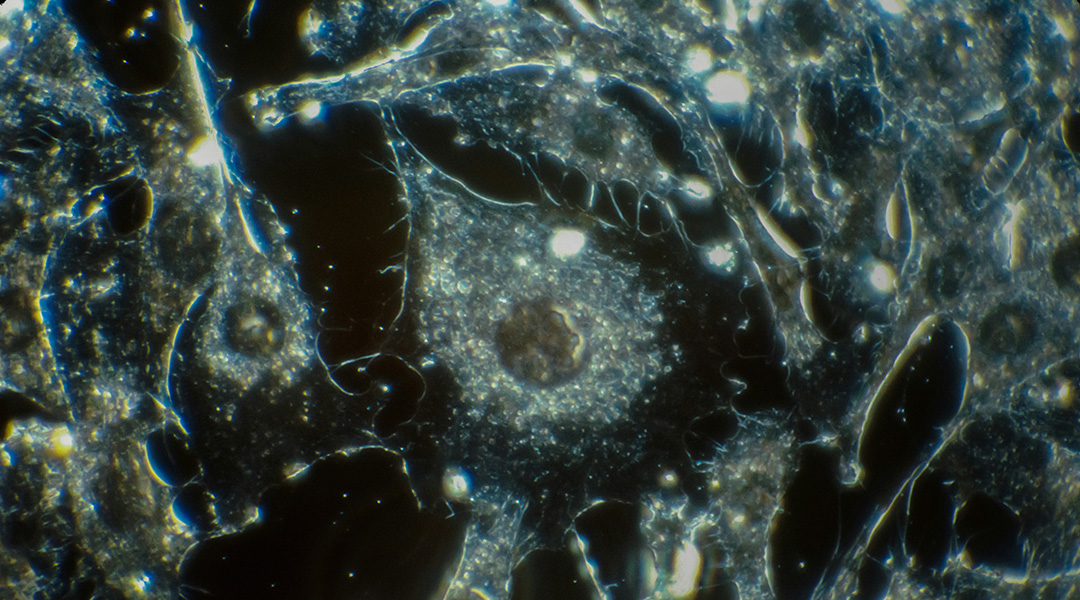
Killing cancer cells with a molecular jackhammer
Mechanical therapy physically breaks down cancer cells and could help overcome the problem of treatment resistance.

New study reveals surprising impact of screen time on the developing brain
Researchers have found a trade-off with screen time and the cognition, behavior, and brains volume of adolescent and young children.

Antimicrobial resistance is an unwinnable arms race
Experts argue a new approach is needed so that we are less reliant on antimicrobial drugs, where less use means less resistance.
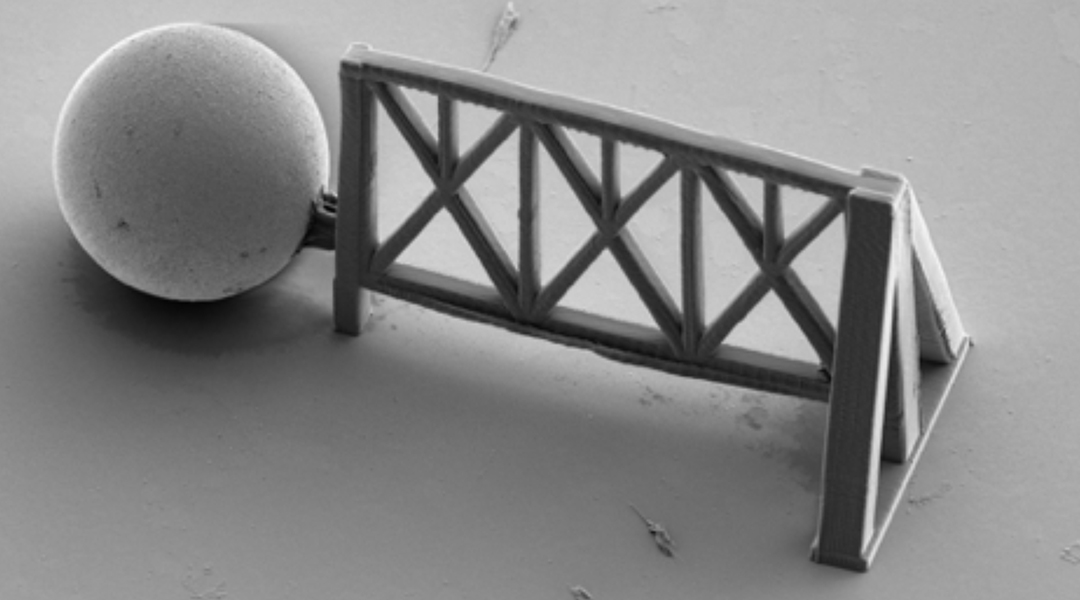
3D printing mimics human tissue for breakthrough discoveries
Scientists employ cutting-edge 3D printing to recreate human-like tissue, promising a breakthrough in cellular research and potential insights into aging and disease.
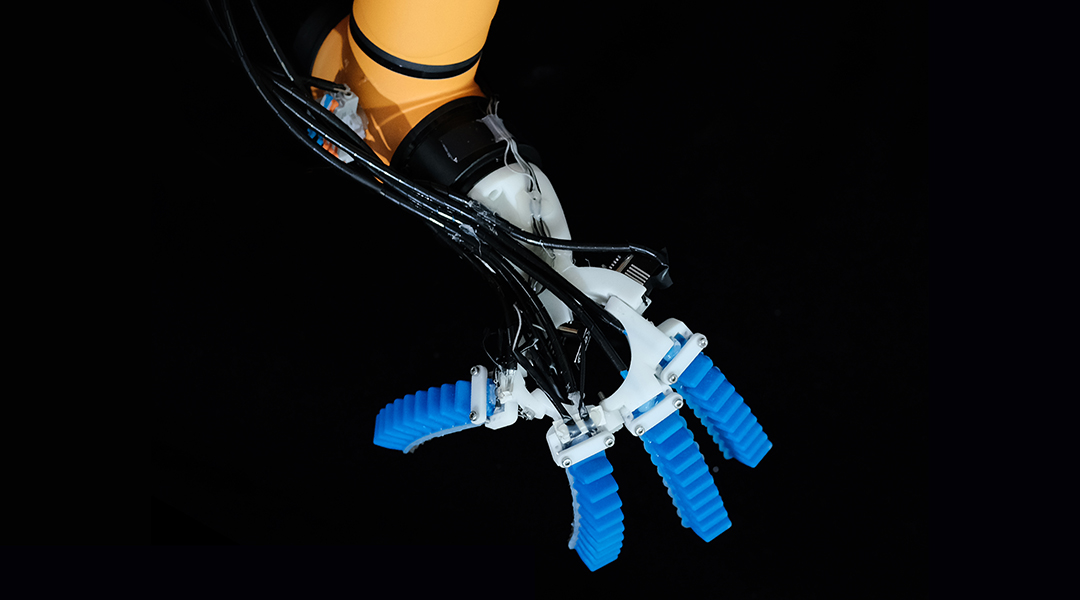
A new soft sensor gives robots the power to see, feel, and make decisions
Groundbreaking soft sensors enable robots to both see and feel, paving the way for robots that can autonomously interact with and understand their environment.

Harnessing entanglement and curved spacetime to make quantum radar a reality
Scientists investigate the synergy of entanglement and curved spacetime in advancing quantum radar technology for precise distance measurement.

Bringing aqueous rechargeable zinc iodine batteries to the mainstream energy market
New research aims to improve the stability and safety of alternatives to rechargeable lithium-ion batteries using aqueous zinc and hydrogels.
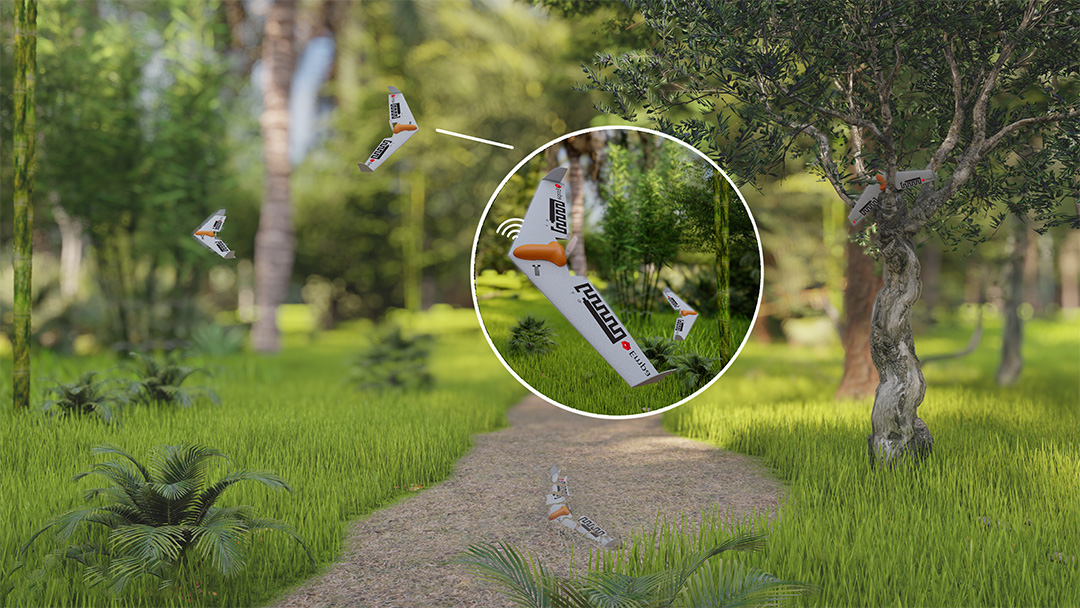
A biodegradable drone for environmental monitoring
The forest floor should be able to make a meal out of this new drone made of almost completely from biodegradable parts.

How sunflower pollen protects bees from pathogens
Planting sunflowers in pollinator habitats can boost bee health by providing them with pollen that protects against intestinal pathogens.

Earth Day 2023: How do we invest in our planet?
A list of articles showcasing innovative individuals and technologies working to build a sustainable economy that protects our planet.
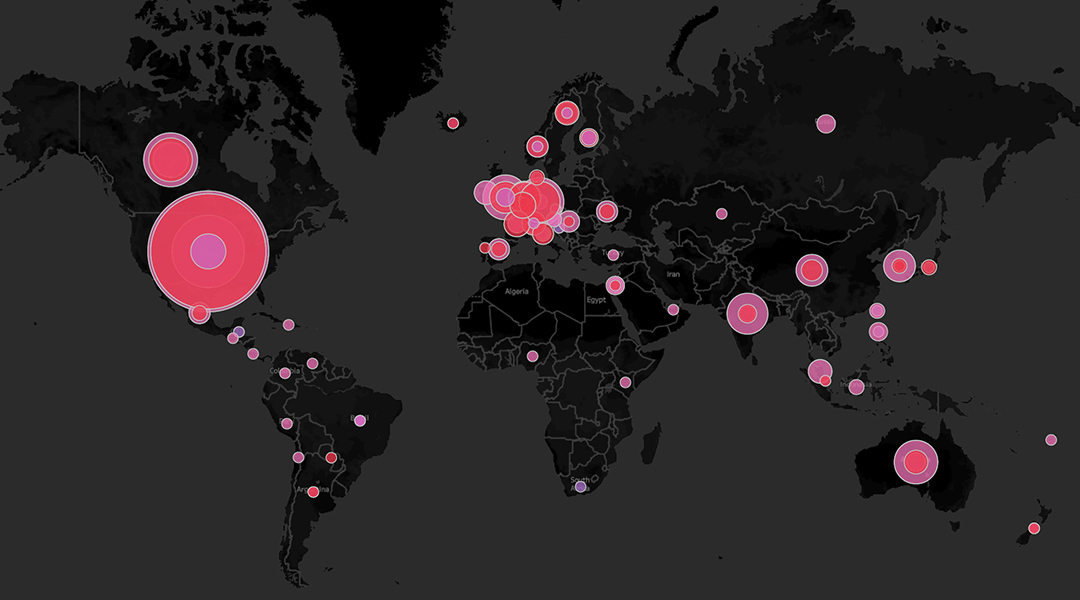
Circling a circular carbon economy
The circular carbon economy is still in its infancy, and realizing it will require innovative processes for capturing and utilizing carbon.

Pulsars and giant black holes open new doors in cosmic archaeology
A 15-year study using observed radio signals from the 67 pulsars has concluded that the entire cosmos is filled with undulating gravitational waves.
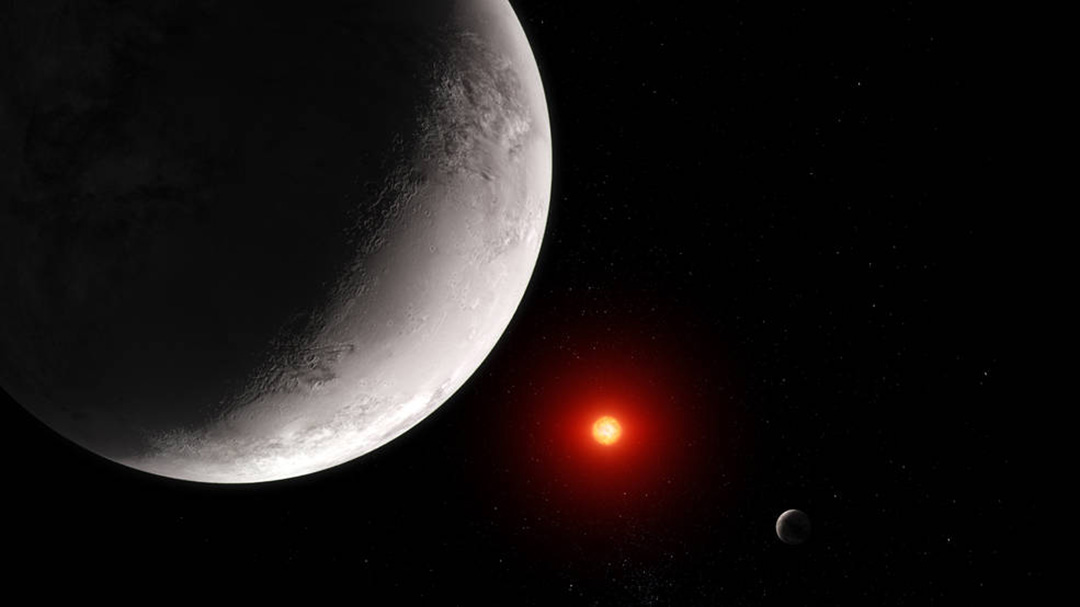
Lack of thick atmosphere for Trappist 1c shows JWST is ready to hunt for signs of life
Recent investigations of this rocky exoplanet signify a significant milestone in planetary science and for the James Webb Space Telescope.

An isolated blob unveils secrets of turbulence
Turbulence is hard to control, but a turbulent blob created using vortex rings provides fundamental insights into this elusive state of matter.

Are dark photons alternatives to dark matter?
Researchers investigate dark photons as alternatives to dark matter, aiming to detect these particles through experiments involving the conversion of light.



